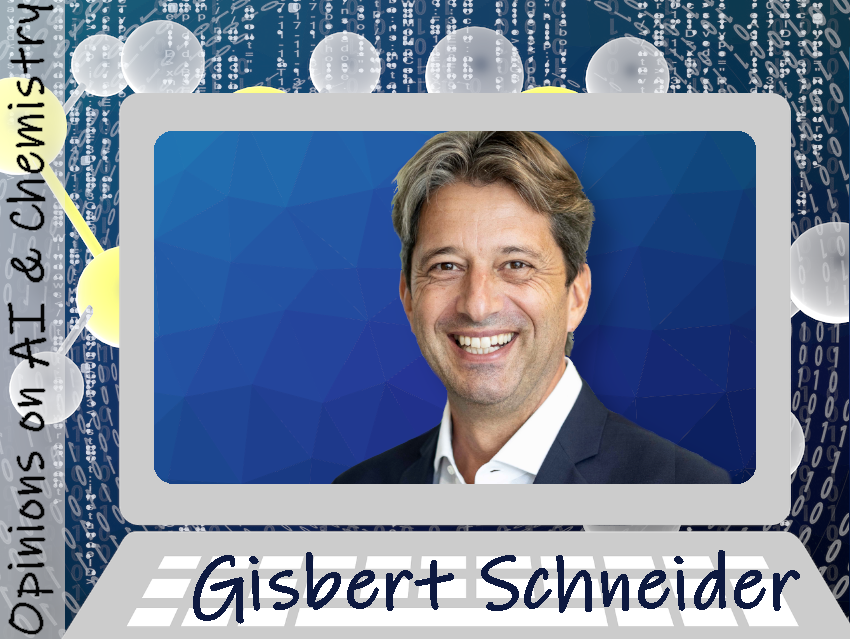The intersection of chemistry and artificial intelligence (AI) is a fascinating area that attracts a lot of attention in both research and industry. We talked to people working in the field about the potential of AI to revolutionize chemical research, but also concerns, (current) limitations, and ethical implications for chemical applications. We also asked for ideas to try or experiment with, as well as useful articles and videos for beginners and advanced users.
Professor Gisbert Schneider, ETH Zurich, Switzerland, works in the fields of computer-assisted drug design.
What fascinates you about AI?
For more than three decades, I’ve dedicated myself to developing and effectively employing AI models in drug discovery. Throughout this extensive experience, I’ve delved into both the capacities and constraints of these models. Utilizing these tools consistently brings about surprising outcomes, and it is during these moments that AI reveals unexpected potential solutions. I highly appreciate these revelatory “aha” moments.
Is there anything we should fear?
AI is a technology, and inherently, there is no need to fear technology itself. The real concern arises from the possibility of misuse when directed by misguided human minds. It is crucial to be vigilant and aware of the responsible and ethical deployment of AI to prevent unintended consequences. As scientists, we bear a substantial responsibility.
Moreover, there is a notable risk in relying excessively on computational models. It seems advisable not to abandon our chemistry textbooks.
Do you have something for our readers to try out or experiment with?
As chemists, our inclination often leads us to engage in the playful exploration of chemical structures. As an enjoyable and potentially enlightening exercise, I suggest inviting generative AI models to sketch chemical structures and then comparing these creations with your own designs and expectations. This interactive process can offer valuable insights and perhaps even spark creative ideas by blending human intuition with the perspectives generated by AI.
Can you recommend a good article/book for beginners and one you enjoyed recently?
Visit ChatGPT and type the request, “Design a molecule” (or something similar). Enjoy the response that follows but keep in mind that ChatGPT was not specifically designed for applications in chemistry.
For an accessible introduction to AI, I suggest exploring the book “AI for Scientific Discovery” authored by Janna Hastings. For an enjoyable holiday read, I recommend Douglas Hofstadter’s recent article titled “Gödel, Escher, Bach, and AI“, featured in The Atlantic.
Is there anything else you would like to share with readers of ChemistryViews?
Whether you approach the application of AI in chemistry with skepticism or enthusiastic optimism, I invite you to actively integrate and employ these tools in your own tasks and challenges. Through firsthand experience, we can glean valuable insights from both feedback and productive failure, fostering a deeper understanding of the benefits and limitations of contemporary AI in the realm of chemistry. Happy holidays!
Thank you very much for the insights.
back to the overview “Opinions on AI & Chemistry”





Thank you,
Useful information.